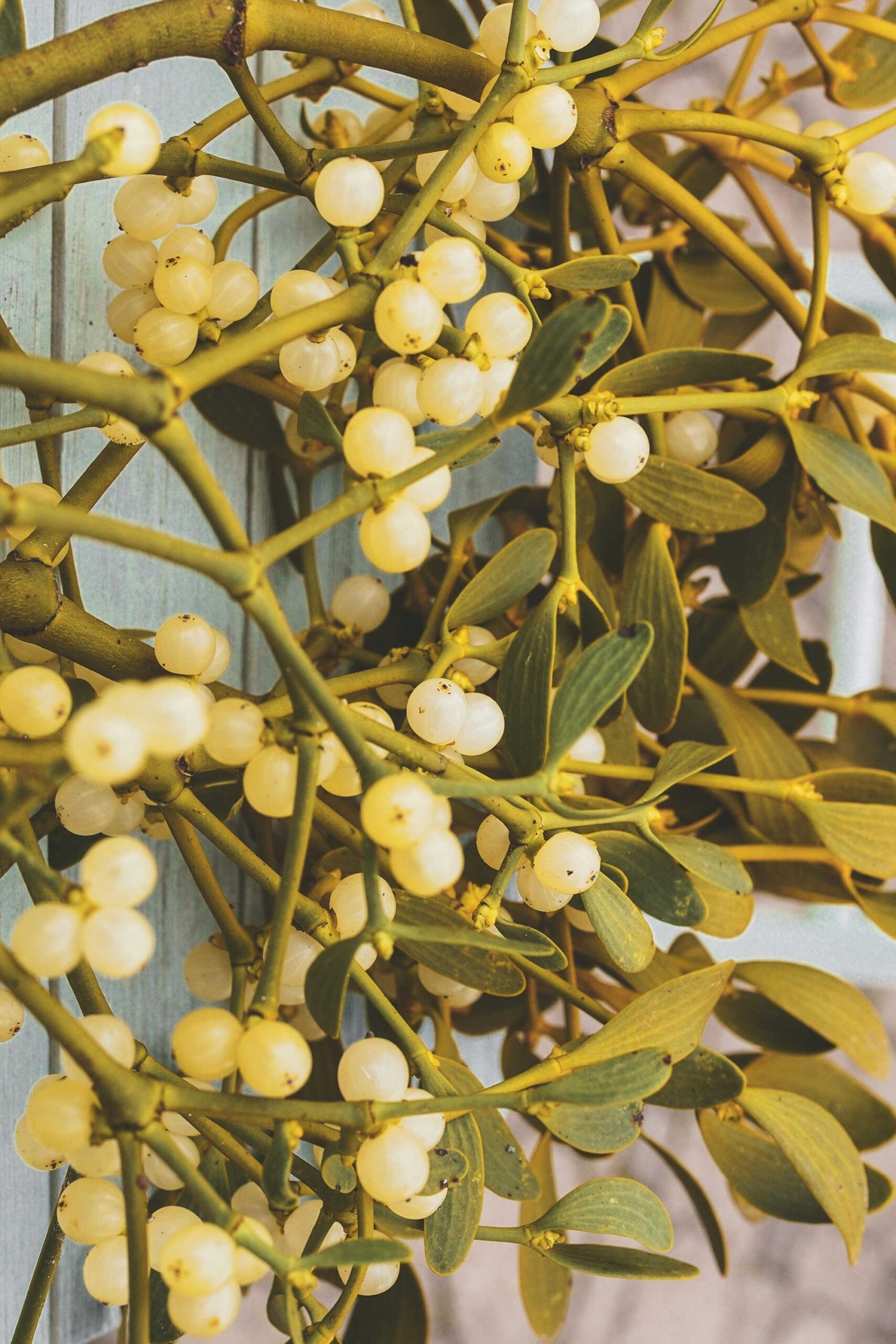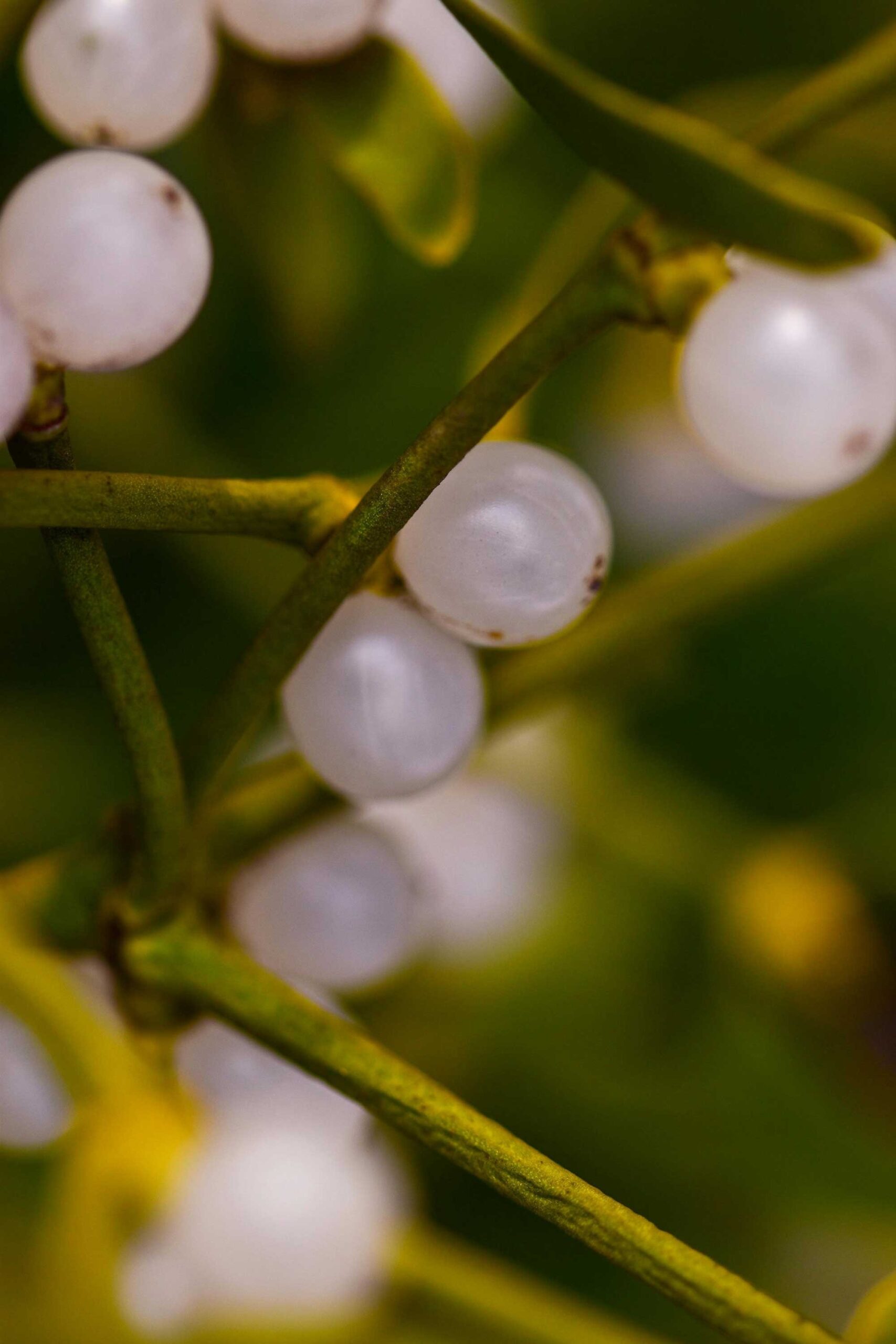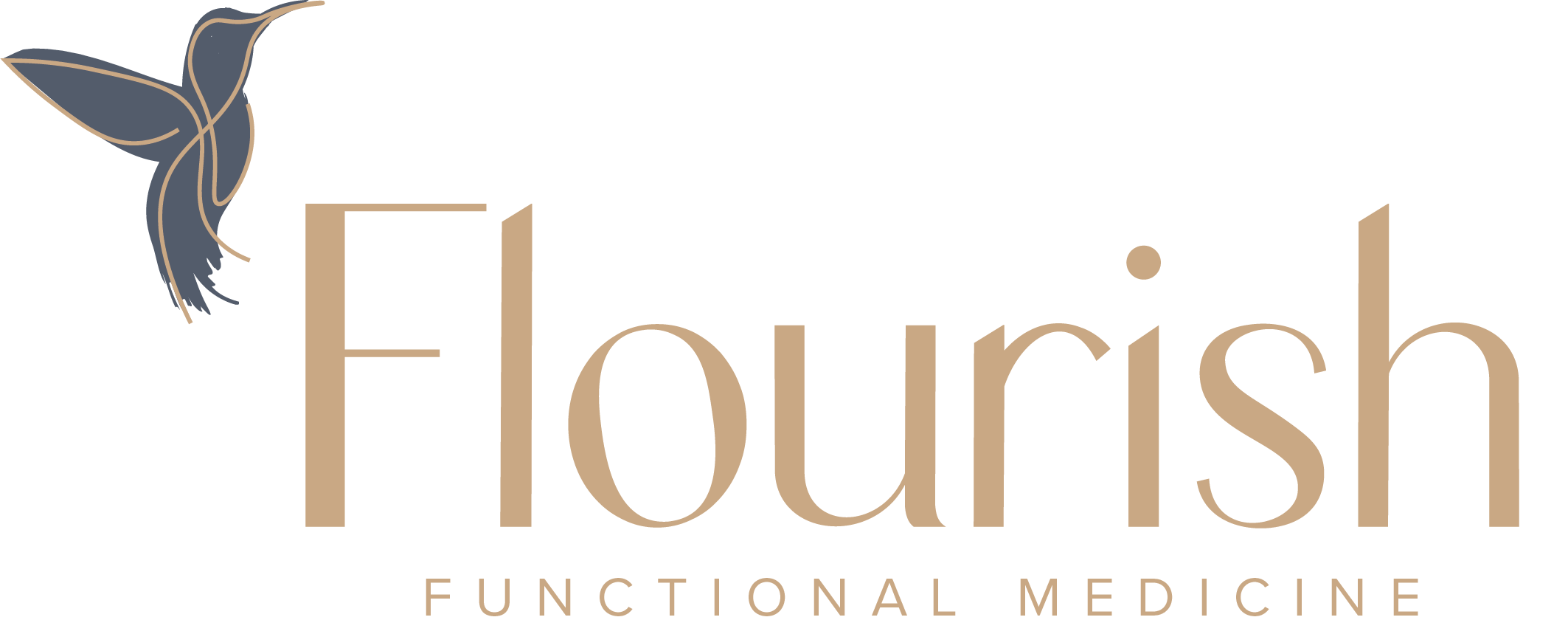Mistletoe
Mistletoe Therapy


What benefits can I expect from Mistletoe Therapy?
Mistletoe Therapy
How Mistletoe Is Changing the Future of Cancer Treatment
To date, there are more than 160 clinical studies on the use of mistletoe preparations for various types of tumors available. The results of the majority of studies show an advantage for mistletoe therapy. This indicates that mistletoe preparations are the best-studied drugs in integrative oncology. Despite mistletoe’s long track record of clinical use in Europe and several Asian countries, the Food and Drug Administration (FDA) continues to consider it in a category of unproven biologic therapies, and it has yet to be fully adopted by Western medicine. However, in 2016, Mistletoe was approved for a large study at the Johns Hopkins Sidney Kimmel Comprehensive Cancer Center, where a large cohort of cancer patients is enrolled and given mistletoe alongside conventional treatments. Hopefully, the published results of this study will bring awareness and acceptance of the benefits of this therapy and its broad application across the field of oncology.
No adverse effects or interactions are known to date. Mistletoe therapy can be carried out during chemotherapy, radiotherapy, (anti)-hormone, antibody, or immunotherapy. In laboratory tests on tumor cells and in practice, no negative effects of mistletoe preparations have been found with the standard chemo and (anti)-hormone therapies. The studies available to date also show that mistletoe therapy can be combined with chemotherapy, radiotherapy, hormone, and antibody therapies, e.g., to minimize their undesirable effects. It was found that the additional mistletoe therapy did not change the side effect rate of the immunotherapy.
For most types of cancer, many clinical studies demonstrate that mistletoe therapy is safe to use, well tolerated, and there are only a few contraindications. It improves the quality of life and reduces the side effects of other therapies, and — in particular in an integrative therapy concept — it may also contribute to prolonging survival.
Mistletoe has a vast role in cancer. Whether it is used as an additional agent for reducing chemotherapy side effects, or as the cornerstone of a transformative cancer treatment when no other hope has been given, it stands as the safest, most evidence based natural treatment for cancer in existence. It is time for this popular European medicine to become adopted around the world.
For more information: https://www.mistletoe-therapy.org/scientific-information/clinical-evidence#c151
1.Saha C, Das M, Stephen-Victor E, Friboulet A, Bayry J, Kaveri S. Differential Effects of Viscum album Preparations on the Maturation and Activation of Human Dendritic Cells and CD4+ T Cell Responses. Molecules. 2016;21(7):912. doi: 10.3390/molecules21070912
2.Orange M, Lace A, Fonseca MP, Von Laue BH, Geider S, Kienle GS. Durable Regression of Primary Cutaneous B-Cell Lymphoma following Fever-inducing Mistletoe Treatment: Two Case Reports. Global Advances in Health and Medicine. 2012;1(1):18-25. doi: 10.7453/gahmj.2012.1.1.006
3.Orange M. School of Cancer Sciences, Birmingham UK. Mistletoe Therapy for Cancer Patients. http://www.anthromed.org/UploadedDocuments/0_Dissertation_compressed.pdf. Published August 2010.
4.Kienle GS, Grugel R, Kiene H. Safety of higher dosages of Viscum album L. in animals and humans – systematic review of immune changes and safety parameters. BMC Complementary and Alternative Medicine. 2011;11(1). doi: 10.1186/1472-6882-11-72
5.Hutt N, Kopferschmitt-Kubler M, Cabalion J, Purohit A, Alt M, Pauli G. Anaphylactic reactions after therapeutic injection of mistletoe (Viscum album L.). Allergol Immunopathol (Madr). 2001;29(5):201-203. [PubMed]
6.Bock P, Hanisch J, Matthes H, Zänker K. Targeting Inflammation in Cancer-Related-Fatigue: A Rationale for Mistletoe Therapy as Supportive Care in Colorectal Cancer Patients. Inflamm Allergy Drug Targets. 2014;13(2):105-111. [PMC]
7.Kim K, Yook J, Eisenbraun J, Kim B, Huber R. Quality of life, immunomodulation and safety of adjuvant mistletoe treatment in patients with gastric carcinoma – a randomized, controlled pilot study. BMC Complement Altern Med. 2012;12:172. [PubMed]
8.Brandenberger M, Simões-Wüst A, Rostock M, Rist L, Saller R. An exploratory study on the quality of life and individual coping of cancer patients during mistletoe therapy. Integr Cancer Ther. 2012;11(2):90-100. [PubMed]
9.Kienle G, Mussler M, Fuchs D, Kiene H. Intravenous Mistletoe Treatment in Integrative Cancer Care: A Qualitative Study Exploring the Procedures, Concepts, and Observations of Expert Doctors. Evid Based Complement Alternat Med. 2016;2016:4628287. [PubMed]
10.Orange M, Reuter U, Hobohm U. Coley’s Lessons Remembered: Augmenting Mistletoe Therapy. Integr Cancer Ther. 2016;15(4):502-511. [PubMed]
11.Kienle G, Kiene H. Complementary cancer therapy: a systematic review of prospective clinical trials on anthroposophic mistletoe extracts. Eur J Med Res. 2007;12(3):103-119. [PubMed]
12.Winters N, Higgins Kelly J. The Metabolic Approach to Cancer: Integrating Deep Nutrition, the Ketogenic Diet, and Nontoxic Bio-Individualized Therapies. Chelsea Green Publishing ; 2017.
13.Kirsch A. Successful treatment of metastatic malignant melanoma with Viscum album extract (Iscador M). J Altern Complement Med. 2007;13(4):443-445. [PubMed]
14.von S-A, Goyert A, Vagedes J, Kiene H, Merckens H, Kienle G. Disappearance of an advanced adenomatous colon polyp after intratumoural injection with Viscum album (European mistletoe) extract: a case report. J Gastrointestin Liver Dis. 2014;23(4):449-452. [PubMed]
15.Schad F, Atxner J, Buchwald D, et al. Intratumoral Mistletoe (Viscum album L) Therapy in Patients With Unresectable Pancreas Carcinoma: A Retrospective Analysis. Integr Cancer Ther. 2014;13(4):332-340. [PubMed]
16.Orange M, Lace A, Fonseca M, von L, Geider S, Kienle G. Durable Regression of Primary Cutaneous B-Cell Lymphoma Following Fever-inducing Mistletoe Treatment: Two Case Reports. Glob Adv Health Med. 2012;1(1):18-25. [PubMed]
17.Werthmann P, Sträter G, Friesland H, Kienle G. Durable response of cutaneous squamous cell carcinoma following high-dose peri-lesional injections of Viscum album extracts–a case report. Phytomedicine. 2013;20(3-4):324-327. [PubMed]
18.Steele M, Axtner J, Happe A, Kröz M, Matthes H, Schad F. Use and safety of intratumoral application of European mistletoe (Viscum album L) preparations in Oncology. Integr Cancer Ther. 2015;14(2):140-148. [PubMed]
19.Elsässer-Beile U, Leiber C, Wetterauer U, et al. Adjuvant intravesical treatment with a standardized mistletoe extract to prevent recurrence of superficial urinary bladder cancer. Anticancer Res. 2005;25(6C):4733-4736. [PubMed]
20.Gaafar R, Abdel R, Aboulkasem F, El B. Mistletoe preparation (Viscum Fraxini-2) as palliative treatment for malignant pleural effusion: a feasibility study with comparison to bleomycin. Ecancermedicalscience. 2014;8:424. [PubMed]
21.Stange R, Jänsch A, Schrag S, et al. [Favourable course of persisting malignant ascites]. Forsch Komplementmed. 2009;16(1):49-53. [PubMed]
We know what you're going through, and we're here to help
Start Healing Today
You've probably already exhausted a lot of time and money trying to figure out what works. Maybe you've even seen a lot of doctors and specialists. Let us help you. We've helped hundreds of others. Now its your turn.
